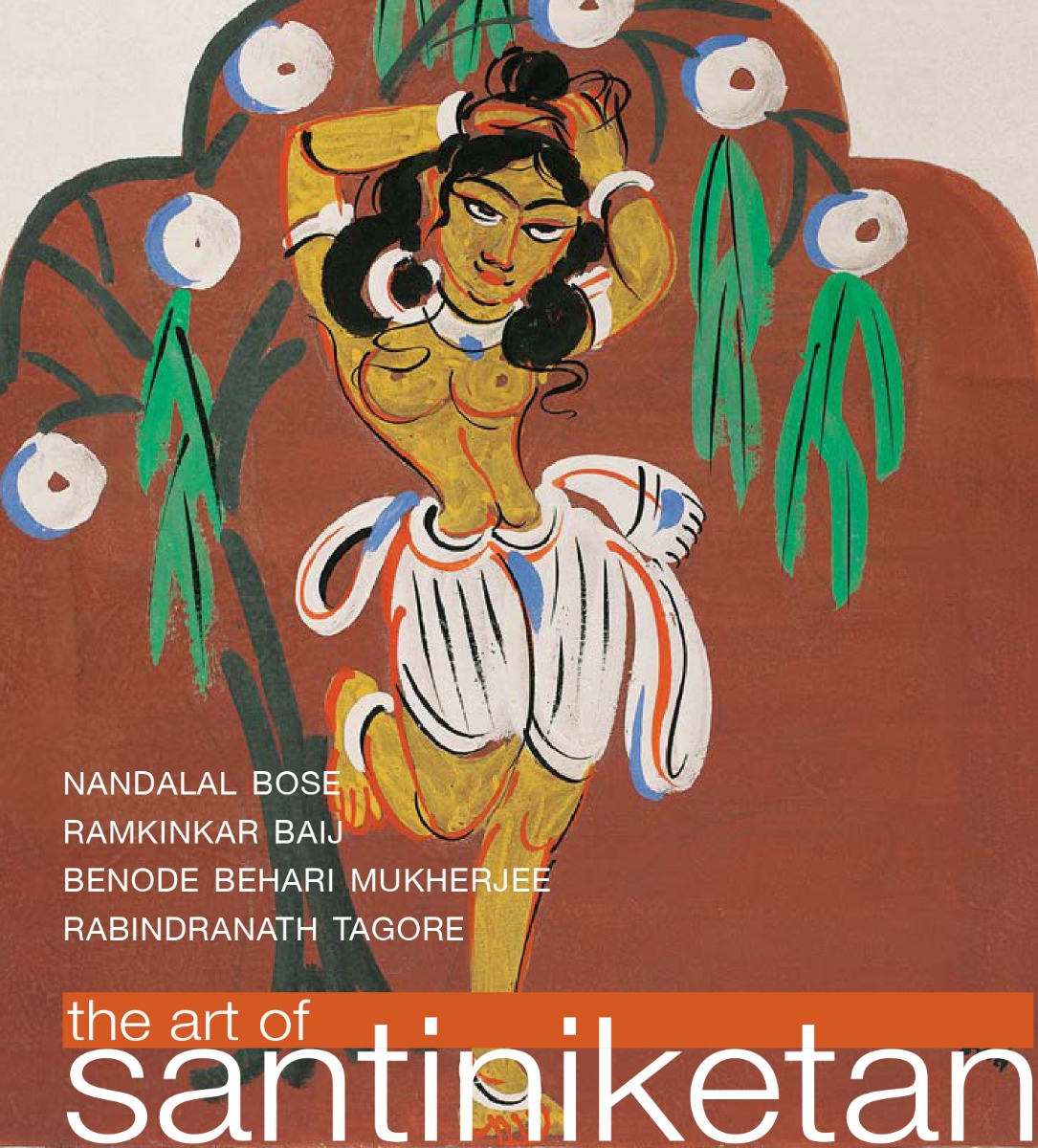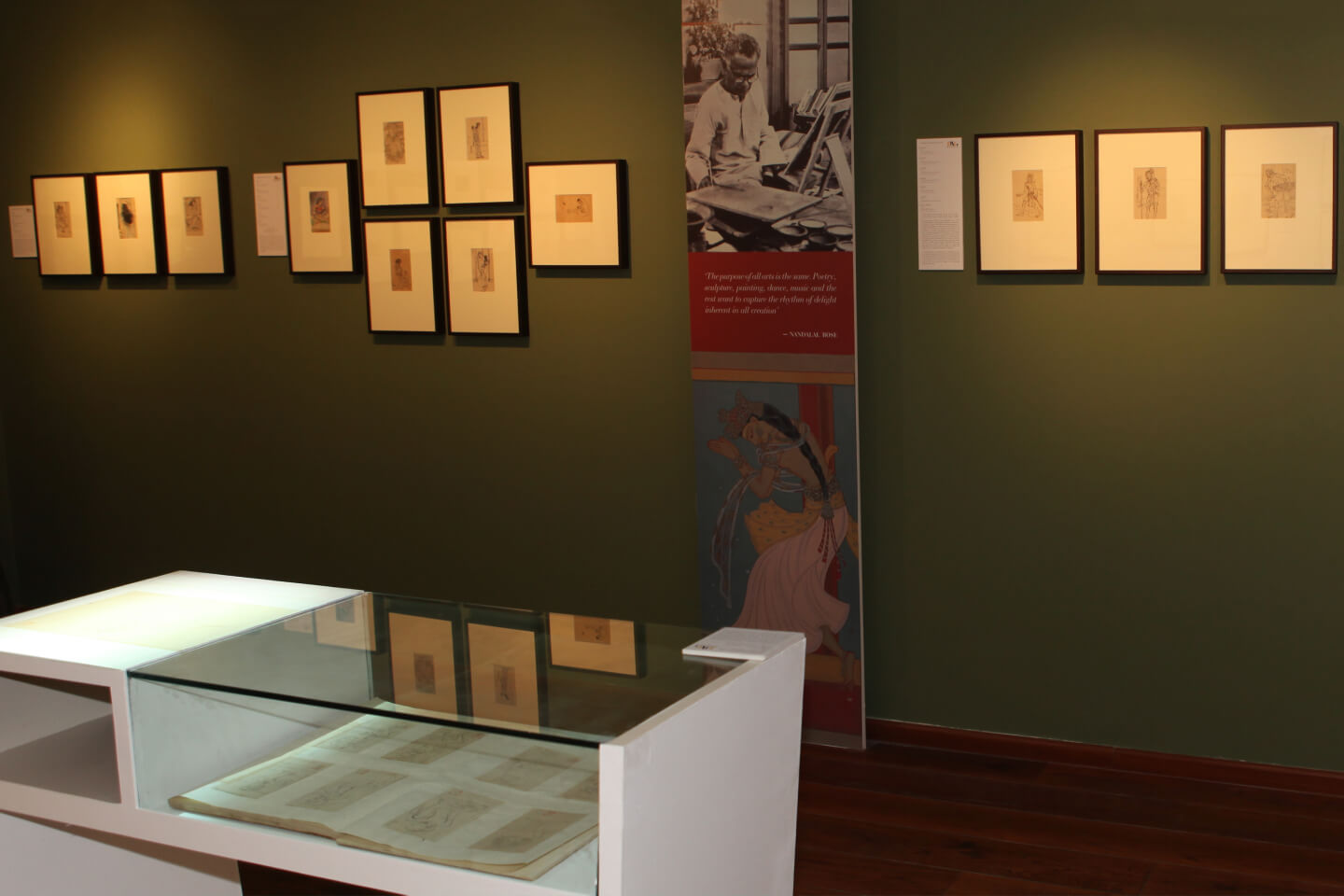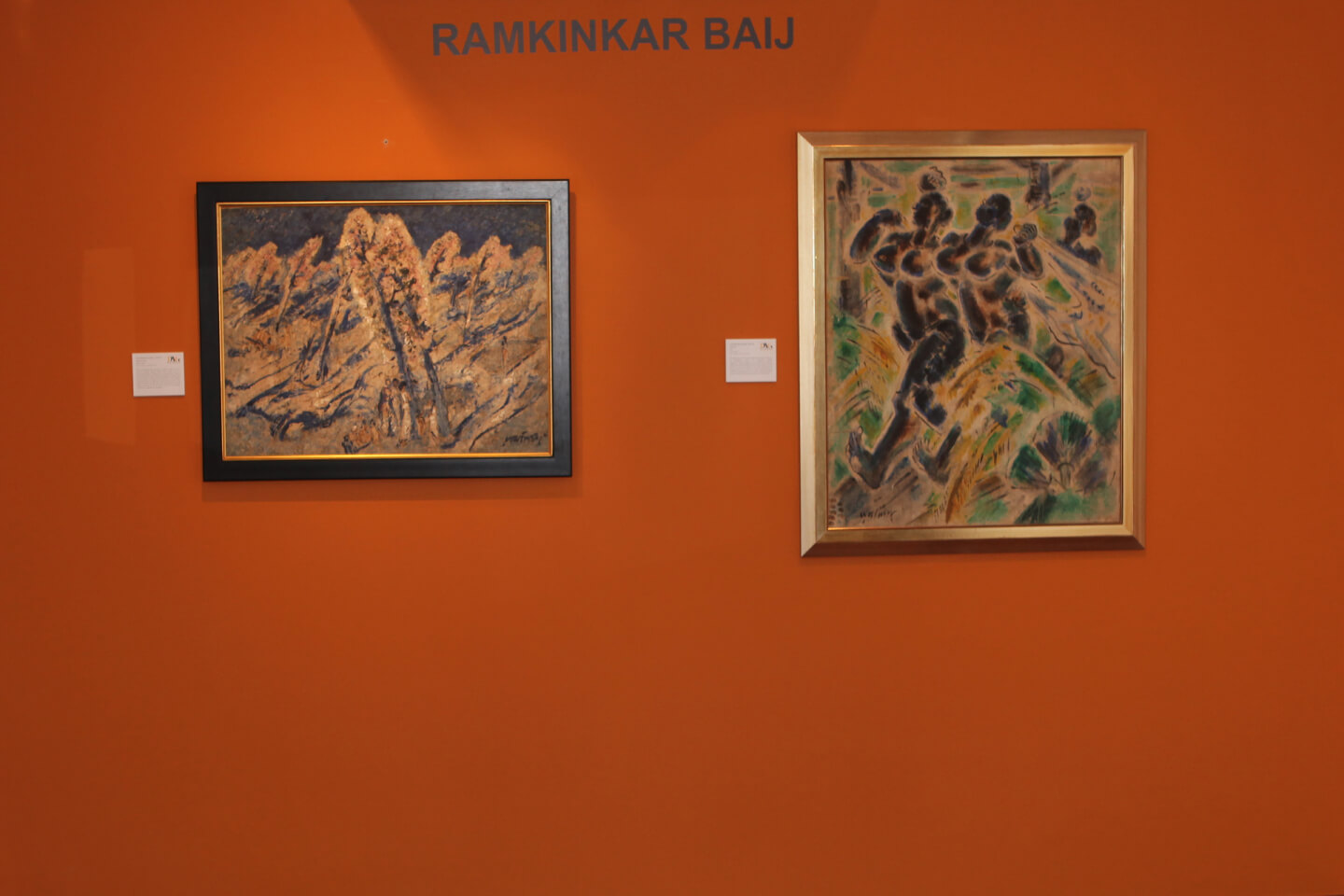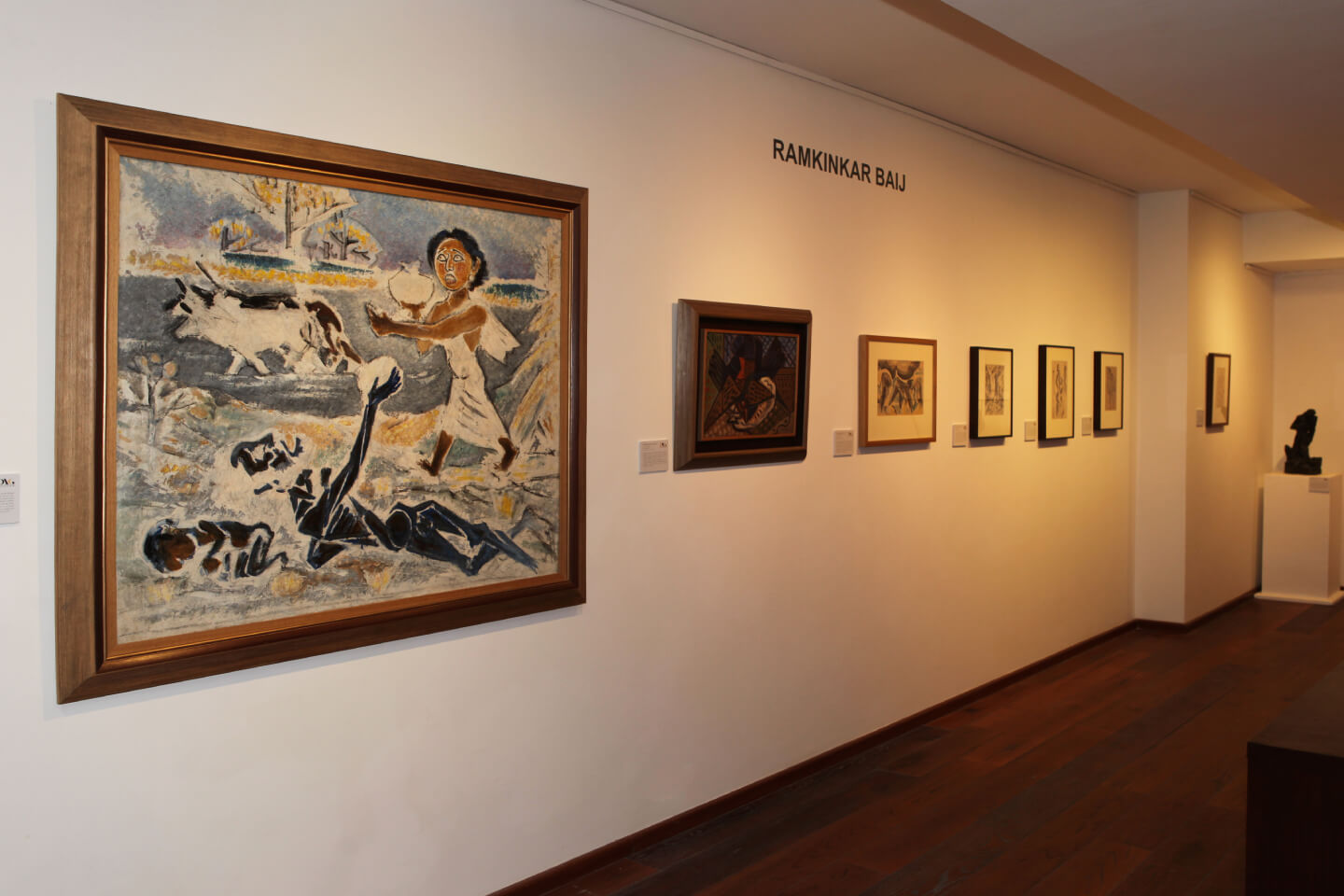The Art Of Santiniketan
The Art Of Santiniketan
The Art Of Santiniketan
|
Gallery Exhibition The Art Of SantiniketanMumbai: Kala Ghoda, 26 February – 30 June 2016 New Delhi: Hauz Khas Village, 16 October – 10 December 2015 |
|
|
Artists
|
‘The Santiniketan of the 1920s-60s sits somewhere between the Bengal School of painting and the Bombay Progressive Artists’ Group started by people like M. F. Husain and F. N. Souza’ – Mint, 2015 |

all artworks
Exhibition and Events








